Streamline Your Prints: Online DTF Transfers for Custom Designs
Direct-to-Film (DTF) transfer is a cutting-edge printing process offering unparalleled versatility a…….
In today’s digital age, online money transfers have become an integral part of global financial interactions. Among various innovative transfer methods, ‘Online DTF’ (Digital Transaction Facility) transfers stand out for their real-time, secure, and cost-effective nature. This article aims to delve into the world of Online DTF transfers, exploring its mechanics, impact, and future potential. By understanding this technology, readers will gain insights into a pivotal aspect of the digital economy that facilitates seamless transactions across borders and sectors.
Definition: Online DTF transfers refer to the electronic transfer of funds using specialized digital platforms or applications that enable users to initiate and complete transactions securely over the internet. This technology allows individuals, businesses, and organizations to send and receive money instantly, eliminating traditional barriers such as physical location and bank hours.
Core Components:
Digital Wallets: These are virtual accounts or applications linked to a user’s bank account or payment cards, enabling them to store funds and initiate transfers. Examples include PayPal, Google Pay, Apple Pay, and various mobile banking apps.
Secure Payment Gateways: These are online platforms that facilitate the transfer of funds between a merchant’s website and the customer’s payment source. They ensure data encryption, fraud detection, and secure transaction processing.
Real-Time Settlement Systems: Online DTF transfers rely on efficient settlement systems to process transactions instantly. These systems enable immediate fund availability, ensuring that recipients can access their funds within seconds.
Historical Context: The concept of digital money transfers has evolved significantly over the past few decades. Starting with basic online banking, the introduction of e-wallets and mobile payment solutions in the early 2000s marked a turning point. With the rise of smartphones and improved internet accessibility, Online DTF transfers gained momentum. Innovations like NFC (Near Field Communication) technology, QR codes, and blockchain further streamlined the process, making it more secure, efficient, and user-friendly.
Significance: Online DTF transfers have revolutionized global financial transactions by:
Democratizing Access: Individuals with limited access to traditional banking services can now participate in the digital economy, fostering financial inclusion.
Speeding Up Transactions: Real-time transfer capabilities reduce processing times, enabling instant fund availability and faster settlement.
Enhancing Security: Advanced encryption, authentication methods, and fraud detection systems ensure secure online transactions.
Reducing Costs: Online DTF transfers often have lower transaction fees compared to traditional remittance services or wire transfers.
The impact of Online DTF transfers is profound on a global scale, particularly in regions with large unbanked or underbanked populations. According to the World Bank (2021), over 1.7 billion adults worldwide remain unbanked, missing out on access to formal financial services. Online DTF transfers have been instrumental in bridging this gap:
Africa: In many African countries, mobile money transfer services like M-Pesa in Kenya and MTN Mobile Money in Nigeria have become prevalent. These platforms enable users to send and receive money, pay bills, and even access credit facilities via their mobile phones, providing a financial safety net for millions.
Asia: Asia has witnessed rapid adoption of digital payment solutions. China’s AliPay and India’s Paytm are prime examples, with billions of transactions processed annually. These platforms not only facilitate local payments but also enable cross-border transfers, fostering regional economic integration.
Europe and North America: Online DTF transfers have gained significant traction in these regions as well, driven by consumer demand for convenience and security. Apple Pay, Google Pay, and various digital wallet apps are widely used, offering fast, secure, and contactless payment options.
Key Global Trends:
Mobile First Approach: The majority of Online DTF transfers are initiated via mobile devices, leveraging the widespread adoption of smartphones.
Real-Time Settlement Dominance: Instant transfer solutions are becoming the norm, ensuring faster cash flows for businesses and individuals.
Cross-Border Integration: Digital payment platforms are facilitating cross-border transactions, making international money transfers more accessible and affordable.
Regulatory Harmonization: Many countries are aligning their regulatory frameworks to support digital payments, fostering a more unified global financial landscape.
The economic implications of Online DTF transfers are far-reaching, influencing various sectors and market dynamics:
| Sector Impact | Effects |
|---|---|
| Retail and E-commerce | Online DTF transfers have accelerated the growth of e-commerce, enabling seamless online shopping experiences. Instant payment options improve customer satisfaction and reduce cart abandonment rates. |
| Remittances | Digital transfer services offer a more cost-effective and secure alternative to traditional remittance channels. This has led to increased cross-border money flows, particularly from migrant workers to their home countries. |
| Microfinancing and Lending | Online DTF platforms facilitate microloans and peer-to-peer lending, providing access to credit for individuals and small businesses who might otherwise struggle to obtain financing. |
| Financial Inclusion | By offering digital payment solutions, banks and fintech companies can reach underserved populations, promoting financial literacy and participation in the formal economy. |
Market Drivers:
Lower Transaction Costs: Online DTF transfers typically have lower fees compared to traditional banking channels, making them attractive for both consumers and businesses.
Convenience and Accessibility: Digital payment apps are available on smartphones, offering users convenience, security, and real-time transaction capabilities from anywhere.
Increased Financial Literacy: The rise of digital payments has encouraged financial literacy among various demographics, enabling individuals to make informed decisions about their money.
The evolution of Online DTF transfers is closely tied to technological innovations that enhance security and efficiency:
Blockchain Integration: Blockchain technology ensures secure, transparent, and tamper-proof records of transactions. It enables faster cross-border payments and reduces fraud risks.
Biometric Authentication: Fingerprint, facial recognition, and other biometric authentication methods improve security, preventing unauthorized access to digital wallets and accounts.
Contactless Payments: NFC technology and QR code scanning enable contactless transactions, reducing the need for physical cards or cash.
Open Banking: Open banking APIs allow third-party apps to access bank data securely, promoting financial innovation and personalized services.
As Online DTF transfers gain popularity, regulatory bodies worldwide are establishing guidelines to ensure consumer protection, prevent fraud, and maintain financial stability. Key considerations include:
Anti-Money Laundering (AML) and Know Your Customer (KYC): Strict AML/KYC regulations are in place to prevent the misuse of digital payment platforms for illegal activities. Online DTF providers must implement robust identity verification processes.
Data Privacy: With sensitive financial data being processed, data privacy regulations like GDPR in Europe and CCPA in California ensure that user information is protected.
Consumer Protection: Regulators are implementing measures to protect consumers from fraudulent activities, unfair pricing, and data breaches.
Despite its numerous advantages, the growth of Online DTF transfers faces certain challenges:
Digital Divide: While mobile penetration is high, not all regions have equal access to reliable internet connectivity, limiting the reach of digital payment solutions.
Regulatory Fragmentation: Different countries have varying regulatory frameworks, creating challenges for cross-border transactions and hindering global interoperability.
Security Concerns: As online transfers become more prevalent, cybercriminals target digital wallet platforms, highlighting the need for robust security measures.
Consumer Education: Financial literacy is crucial for consumers to understand and adopt Online DTF services securely. Educating users about potential risks and best practices is essential.
The future of Online DTF transfers looks promising, with ongoing innovations set to reshape the digital payment landscape:
Tokenization: Tokenization allows for secure representation of assets, enabling digital payments using virtual tokens, which can represent currency or even loyalty points.
Central Bank Digital Currencies (CBDCs): Many central banks are exploring the introduction of digital currencies, which could revolutionize cross-border transfers and payment systems.
Integration with Fintech: Online DTF transfers will continue to integrate with other fintech services, such as robo-advisors, peer-to-peer lending platforms, and insurance, offering a holistic financial ecosystem.
Seamless Cross-Border Payments: With regulatory support and technological advancements, cross-border transactions are set to become even faster, cheaper, and more accessible.
Online DTF transfers have emerged as a transformative force in the digital economy, empowering individuals, businesses, and economies worldwide. As technology continues to evolve, these transfers will play an increasingly vital role in fostering financial inclusion, facilitating global trade, and enhancing overall economic efficiency. By understanding and embracing this technology, stakeholders can navigate the challenges and unlock the immense potential it holds for a more connected, inclusive, and prosperous world.
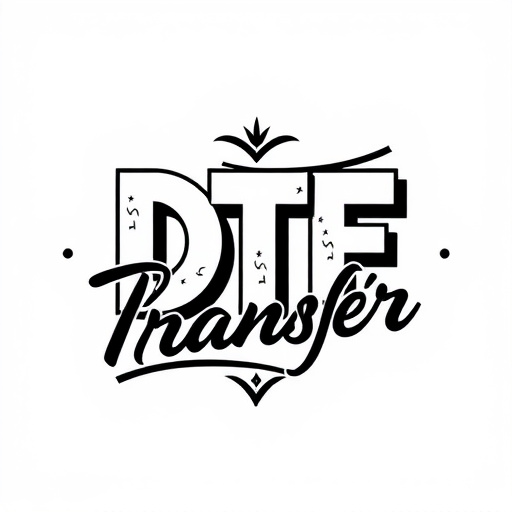
Direct-to-Film (DTF) transfer is a cutting-edge printing process offering unparalleled versatility a…….
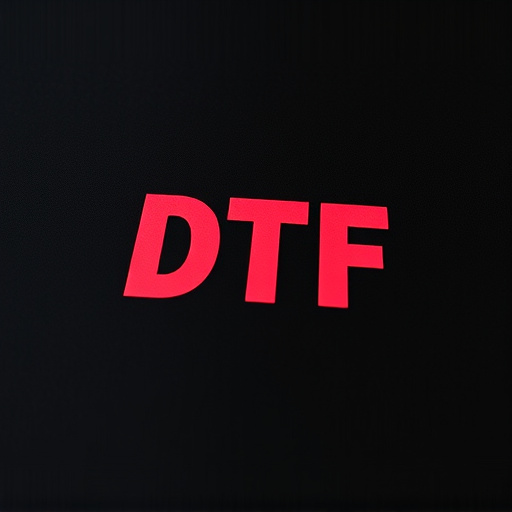
Direct-to-Film (DTF) transfers represent a groundbreaking printing technology that streamlines produ…….
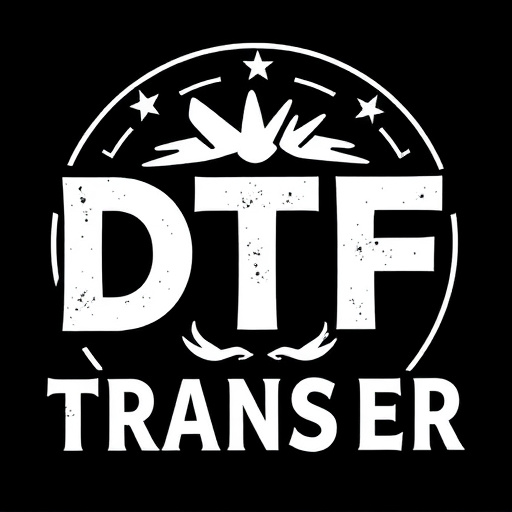
Direct-to-Film (DTF) transfer revolutionizes image creation in film and various industries by enabli…….
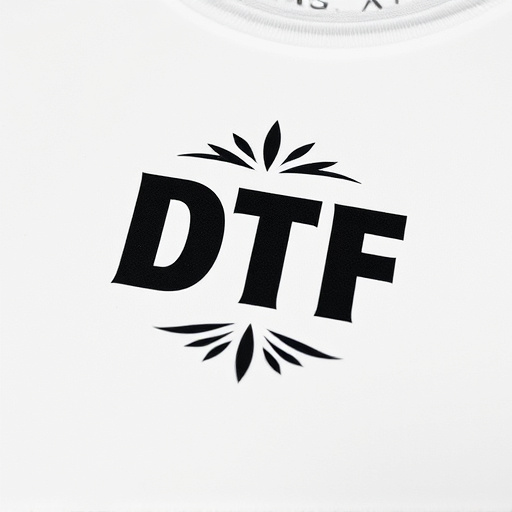
Direct-to-Film (DTF) prints are revolutionizing content creation in photography, cinema, and special…….
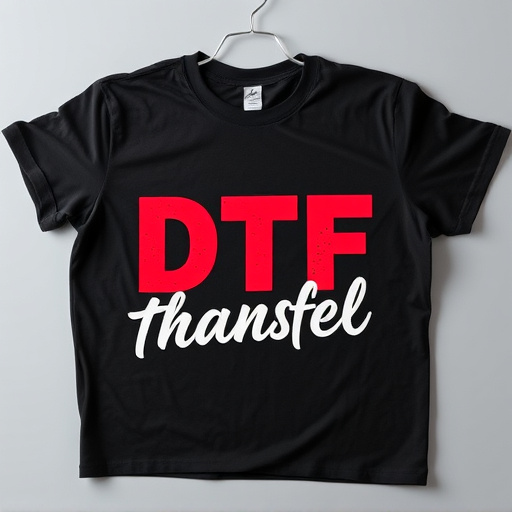
Direct-to-Film (DTF) printing is a cutting-edge technology that simplifies and speeds up design tran…….
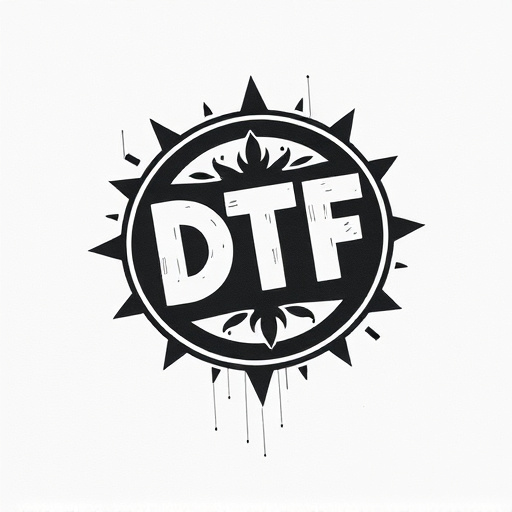
DTF prints transform creative expression by directly transferring high-quality, vibrant designs onto…….
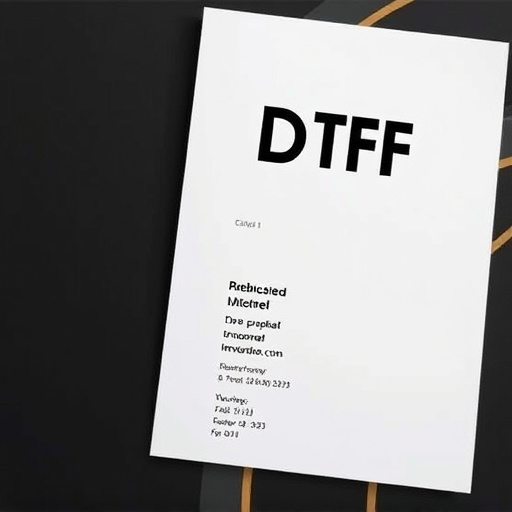
Direct-to-Film (DTF) transfers are transforming content reproduction by enabling easy online orderin…….
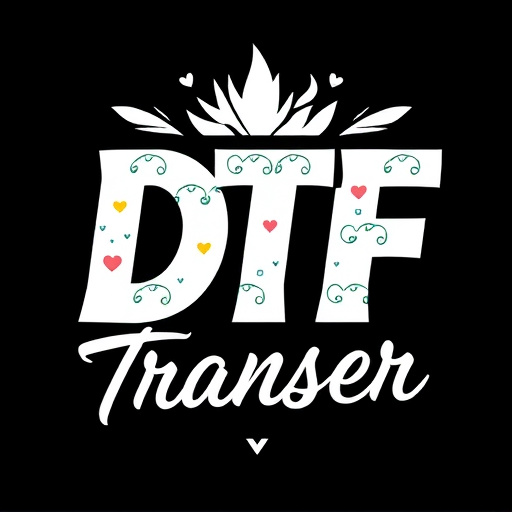
Direct-to-Film (DTF) printing has revolutionized custom product creation with its cutting-edge metho…….
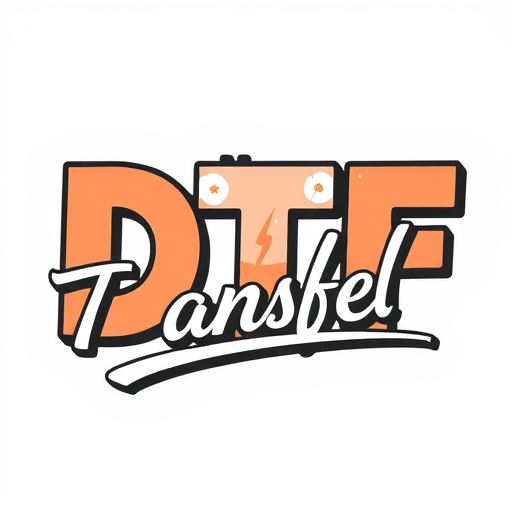
Direct-to-Film (DTF) Printing is an innovative technology that allows for precise application of des…….
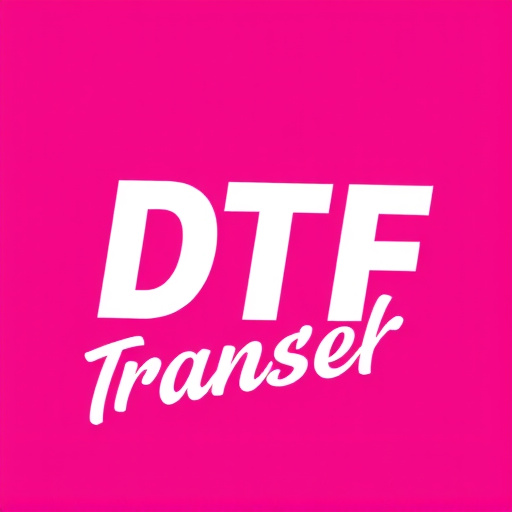
Direct-to-Film (DTF) printing is a cutting-edge technology that revolutionizes custom product creati…….